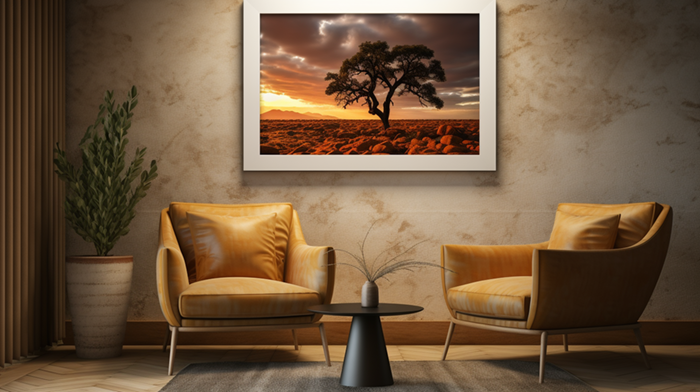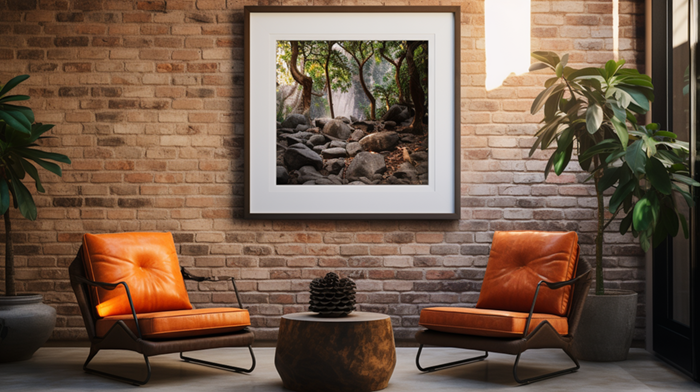The Art of Illumination: Lighting for Art Prints. The way we perceive art is significantly influenced by the quality and type of lighting it’s presented under. From classical paintings to modern photography, lighting can emphasize texture, enhance colors, and create the desired atmosphere. In this blog post, we will explore the techniques and types of lights you can use to illuminate art prints to their full potential.
1. The Importance of Proper Lighting:
When art is illuminated appropriately, it can:
- Enhance color and contrast
- Highlight the intricacies of the artwork
- Establish a mood or tone for the viewing experience
2. Understanding Light Types:
a. Incandescent: These are the traditional light bulbs most of us grew up with. They cast a warm, yellowish hue, making them ideal for art with warm tones. However, they aren’t as energy-efficient and may produce more heat.
b. LED: LEDs are energy-efficient and have a long lifespan. They produce less heat than incandescents, which can be beneficial for delicate art pieces. LEDs are available in various color temperatures, from warm to cool, making them versatile for different art types.
c. Halogen: Halogens are a type of incandescent bulb but produce a brighter and whiter light. This crispness can be great for illuminating details, but they do produce heat, so maintain distance from the artwork.
d. Fluorescent: These are energy-saving and produce a cooler light. They might not always be the best choice for art as they can sometimes distort colors. Always go for full-spectrum fluorescents when choosing this option for art illumination.
3. Techniques of Lighting:
a. Picture Lights: These are fixtures attached above or on the sides of artwork. They’re designed to cast light downwards onto the art, creating a dramatic and focused illumination.
b. Recessed Lighting: Installed in the ceiling, recessed lights can provide even illumination when placed strategically around a room. They can be directed towards artworks and adjusted to spotlight specific pieces.
c. Track Lighting: A versatile choice, track lighting systems allow you to position lights along a track. The lights can be rotated and angled to focus on different artworks. They’re ideal for galleries or spaces where art is frequently rotated.
d. Ambient Lighting: Not directly focused on the artwork, ambient lighting creates the overall illumination of a space. It’s essential to balance ambient light with other light sources to ensure the art isn’t overshadowed.
4. Tips for Lighting Art Prints:
- Consider the Art’s Medium: Different materials reflect light differently. For instance, a glossy photo might need different lighting than a matte painting to avoid glare.
- Avoid Direct Sunlight: UV rays can fade and damage artworks. Always place art prints away from direct sunlight and consider UV-filtering glass or acrylic for framing.
- Dimmers: Installing dimmer switches can provide flexibility, allowing you to adjust the intensity of the light based on the time of day or the mood you want to create.
- Consistent Color Temperature: Try to maintain a consistent color temperature throughout the room for uniformity.
- Mind the Heat: Keep lights far enough away to avoid potential heat damage or warping, especially with incandescent or halogen lights.
In conclusion, lighting can make or break the visual appeal of your art prints. It’s essential to choose the right type, technique, and placement to enhance and protect your art. Whether you’re a collector or an artist, understanding the art of illumination can transform the way viewers experience artwork.



